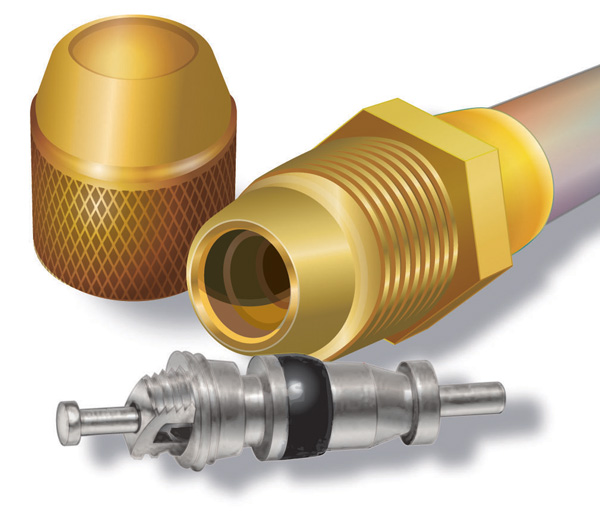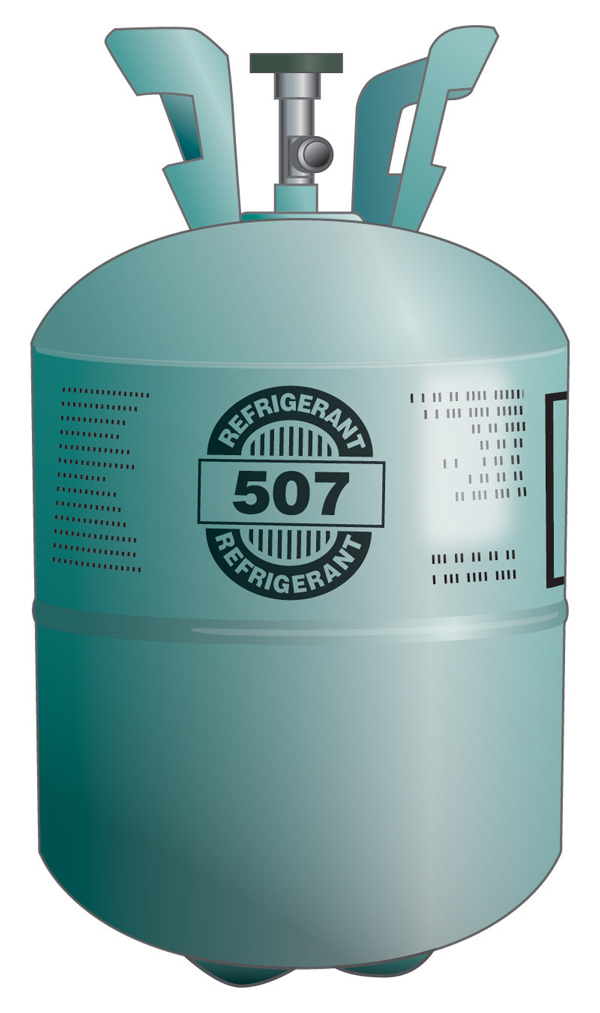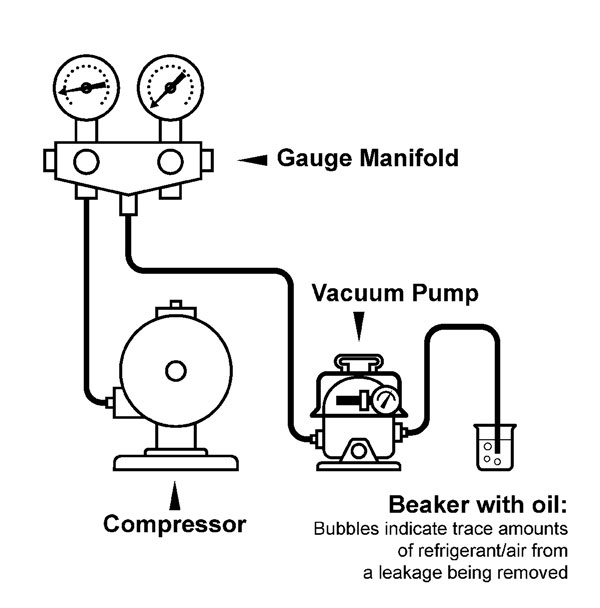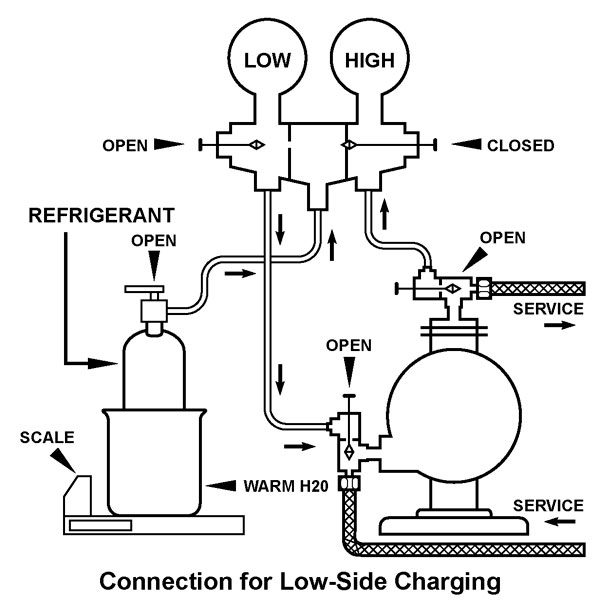
There are illustrations and then there is re-working reality. Representing reality doesn’t have to be totally accurate but in a way, has to look better than the real thing. The ‘rebuilt’ hose and couplings get the point across, but for the lighting to get better would be beyond the scope – and ROI – of the project. The valve has a combination of Illustrator and Photoshop; just enough time was given to clean up the image for a sale.
Could it be more accurate? Of course, but the investment in time against what was paid for the piece would never justify itself.
On the cylinder illustration below, the text doesn’t curve exactly right, but at 350 pixels wide, it’s hardly noticeable and not critical. The shadows could be darker, but only on the web. In print, the image will get darker from dot gain, so it’s a good compromise for both.

Often industrial equipment doesn’t photograph well. Installation instructions are hard to understand from photos.
One of the “bread & butter” ways of illustrating is to make diagrams and drawings of parts that need a near reality image, either for an on-line or print sales catalogue, or for pictorial assembly and operations instruction booklet.

But not too close to reality. You just want to get the point across for the client to see. This is art that isn’t art, but in the eye of the client it should be clean and respecting the product. Assembly drawings should be clear and open so not to clog up during printing; to serve their purpose as information.
It’s important to find that sweet spot of making and selling a technical image & still making a living.

